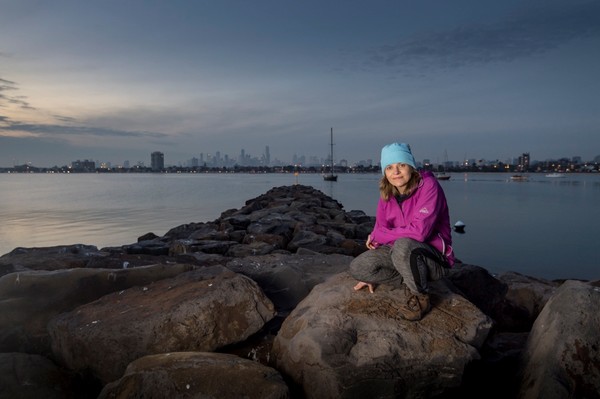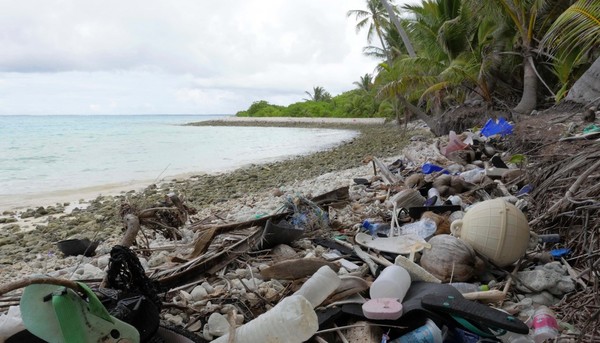A survey on plastic pollution to be published in the journal Scientific Reports, at 11pm, Thursday reveals that Australia’s Cocos (Keeling) Islands, and the territory’s beaches are littered with an estimated 414 million pieces of plastic debris.
The study led by IMAS researcher Dr Jennifer Lavers, and co-author Dr Annett Finger from Victoria University estimates that beaches on the Indian Ocean islands are littered with 238 tonnes of plastic, including 977,000 shoes and 373,000 toothbrushes.
Dr Lavers said remote islands which don’t have large human populations depositing rubbish nearby are an indicator of the amount of plastic debris circulating in the world’s oceans.
“Islands such as these are like canaries in a coal mine and it’s increasingly urgent that we act on the warnings they are giving us,” Dr Lavers said. “Plastic pollution is now ubiquitous in our oceans, and remote islands are an ideal place to get an objective view of the volume of plastic debris now circling the globe.”
“Our estimate of 414 million pieces weighing 238 tonnes on Cocos (Keeling) is conservative, as we only sampled down to a depth of 10 centimetres and couldn’t access some beaches that are known debris ‘hotspots’. The plastic on Cocos (Keeling) was largely single-use consumer items such as bottle caps and straws, as well as a large number of shoes and thongs,” Dr Lavers said.
Co-author Dr Annett Finger from Victoria University said global production of plastic continues to increase, with almost half of the plastic produced over the past 60 years manufactured in the last 13 years.
“An estimated 12.7 million tonnes of plastic entered our oceans in 2010 alone, with around 40 per cent of plastics entering the waste stream in the same year they’re produced,” Dr Finger said.
“As a result of the growth in single-use consumer plastics, it’s estimated there are now 5.25 trillion pieces of ocean plastic debris. Plastic pollution is a well-documented threat to wildlife and its potential impact on humans is a growing area of medical research. The scale of the problem means cleaning up our oceans is currently not possible, and cleaning beaches already polluted with plastic is time consuming, costly, and needs to be regularly repeated as thousands of new pieces of plastic wash up each day. The only viable solution is to reduce plastic production and consumption while improving waste management to stop this material entering our oceans in the first place,” Dr Finger said.








